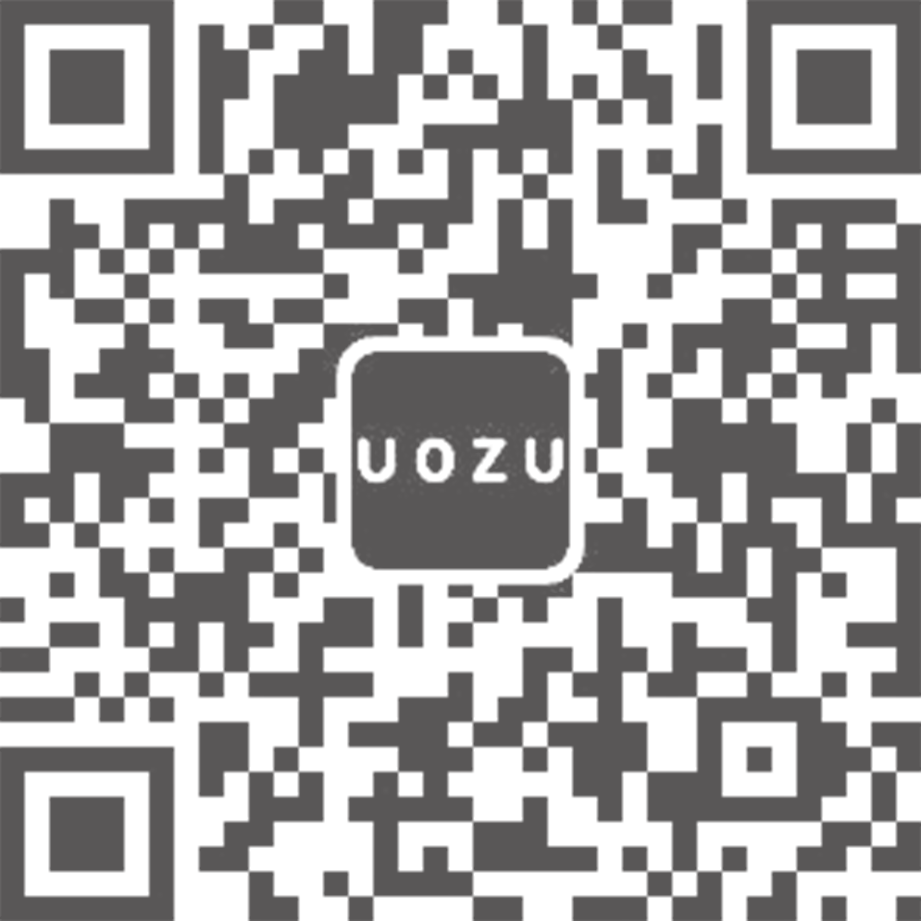SEARCH THE WEBSITE
The potential of lighting to improve occupant health and well-being is increasingly attracting the attention of project owners and end users. In commercial environments, good design has become synonymous with talent hiring and retention. The benefits of well-lit spaces map across other regularly occupied building typologies, such as residences and schools, as well as patient rooms in healthcare and assisted-living facilities.
“If you don’t get the lighting right, it’s not going to be an environment anyone wants to spend time in,” says Elizabeth O. Lowrey, principal and director of interior architecture at Elkus Manfredi Architects, in Boston. “It all goes back to making people feel good and look good.”
“Clients are increasingly requesting and expecting lighting systems and applications that can support human health and well-being and make an impact on the circadian system,” concurs Mariana Figueiro, director of the Lighting Research Center (LRC) at Rensselaer Polytechnic Institute, in Troy, N.Y., where she is also a professor at its School of Architecture.
In response to demand, lighting manufacturers are launching new products that they allege to be attuned to our circadian rhythm. Yet the skeptical architect and end user have to wonder: How much of this is marketing versus actual science? Is circadian-attuned lighting any better than conventional products?


What You Can’t See


Generally speaking, natural is best and lighting is no exception: Daylight is the ideal source for regulating the circadian system. However, people tend to spend most of their day in interior environments, the majority of which Figueiro believes are under-lit: “Due to restrictive energy codes, daytime light levels in buildings are often too low or at threshold for activating the circadian system,” she says. “Even in open offices with many, large windows, workers do not receive enough daylight to stimulate their circadian system, due to factors such as season, cloud cover, desk orientation, and window shade position.”
Supplemental electric lighting is thus a necessity, and recent technologies have enabled and improved the ability of fixtures to work in tandem with daylight. For example, luminaires with integrated photosensors and automatic dimming can maintain consistent light levels regardless of fluctuations in available daylight. Advancements in LED technology have also fostered the creation of tunable white light systems, which mimic daylight patterns by adjusting correlated color temperature (CCT) and brightness levels throughout the day.
“Many manufacturers have made claims of tunable white light fixtures [that can change in CCT] as ‘circadian,’ ” says Keith Yancey, AIA, principal at architectural lighting consultancy Lam Partners, in Cambridge, Mass. “While there is clearly a perceptive difference in CCT, which can make spaces feel warmer or cooler, actually stimulating the nonvisual cortex requires increased light levels in order to be effective.”
Though tunable fixtures may be worthwhile, Yancey cautions that increased lighting levels and sources rich in the blue spectrum (CCT exceeding 5000K) can create eye fatigue and glare if not properly implemented. For lighting to achieve CS and still feel normal and comfortable to our eyes, he recommends focusing on the proper wavelength, and not simply providing high light levels or cooler color temperatures.
To change CS values, Figueiro advises, simply increase or decrease light output while fixing CCT. If energy codes are restrictive, she suggests choosing a source that emits more short-wavelength light and picking a luminaire distribution that provides a higher horizontal-to-vertical ratio for visual tasks, such as surgery or reading paper documents. But that doesn’t mean designers can neglect vertical illuminance, which is what stimulates the brain. “Designers need to think about lighting beyond the ceiling and bring the source close to the eyes,” she says. She advises that designers aim for a distribution of light with a horizontal to vertical illuminance ratio of at least 7:10.
Utilizing LED lighting panels as luminous vertical partitions is another economic way to change occupant energy levels. Saturated blue light can promote alertness in morning, and then transition after lunch to saturated red light, which still stimulates energy levels without raising CS to levels that may affect sleep later.


More recent design approaches favor using layers of light from a variety of sources to mimic the effects of natural light, rather than simply delivering white light to surfaces via ceiling-mounted fixtures. Natural light is uneven—brighter areas are offset by shadows—and this contrast creates visual interest.


While research on the effectiveness of circadian-attuned light reveals several benefits, the bigger picture from a design standpoint is important. “Sleep regularity and quality are very well proven to be connected to mental and physical well-being, but it would be taking liberties to connect a healthy lighting diet directly to these results,” Yancey says. “Light, while the primary time-giver to the body’s master clock in the brain, is only one of many factors,” which also include eating schedule, external stressors, and social stimuli—such as “Instagram at 1 a.m.–sleeplessness.”
“It’s analogous to climate versus weather,” Yancey continues. “We may not be able to predict the weather, but we have a pretty good sense of the climate. Similarly, we don’t see immediate and direct benefit with well-designed lighting for circadian health, but we can measure trends of performance and attribute certain gains to the lighting, at least in the research setting. The variables at play in real-life settings make it notoriously difficult to tease out cause and effect.”
“Providing occupants with proper circadian lighting is similar to providing them with ergonomic chairs or flat-screen computer monitors,” Figueiro says. “Offices with daylight are more valuable and can be sold or rented for higher value. The same can be established for offices with good circadian lighting.”
